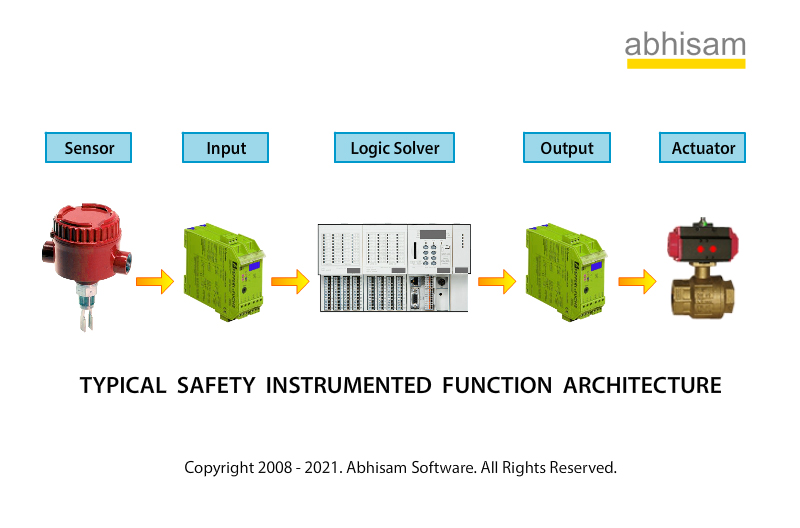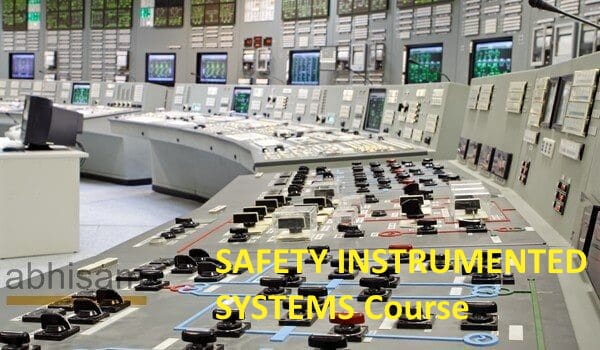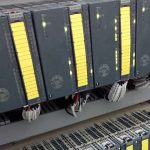What is a Safety Instrumented Function?
One of the most fundamental questions related to Functional Safety and Safety Instrumented Systems is this-what is a safety instrumented function?
Once you understand what a Safety Instrumented Function (SIF) means, you will immediately grasp the connection between safety instrumented functions and a Safety Instrumented System (SIS). But more on that later.
Any plant or piece of equipment that has the potential to cause harm or damage to itself, the environment or to people needs protective functions. For example your car brake is a protective function. It helps stop the car almost immediately, when for example you spot a pedestrian on the road in front of your car when you are driving it. Ditto with things like pressure cookers or ovens- they all have some protective devices that prevent them from damaging themselves or the surroundings when they malfunction.
What is an Instrumented Protective Function?
Similarly any process plant will have protective functions that come into play in times of trouble. If there are sensing instruments that play a part in it, then they are also called as Instrumented Protective Functions or IPF.
Why do we need Safety Functions?
A Safety Function is a mechanism to ensure safety in case of a hazardous event.
Hence one can think of the rupture disk on a pressure cooker as a simple example of a safety function.
In case the cooker gets overpressurized due to excess steam, the rupture disk (or burst disk as it is also known as) will break and release the pent up steam, thereby preventing the cooker itself from exploding and causing damage to the kitchen (as well as perhaps injury to the cook).
While these devices are pretty reliable and work well, in automated plants we need them to be implemented via instrumentation and automation systems.
When do we call it a Safety Instrumented Function?
When we use instruments as part of the safety function, we call it as a Safety Instrumented Function or SIF for short.
A SIF can be thought of as a sensor/transmitter (which measures one or more parameters such as level or temperature) that is connected to a safety logic solver (in many cases a safety PLC or other safety controller) that in turn controls an actuator that operates a final control element (could be a valve in most cases).
Thus a Safety Instrumented Function can be represented as in the picture below.

Note that there may or may not be other components such as Intrinsically safe barriers or isolators, safety relays, etc in the actual implementation.
To get a free quick guide on basic Functional Safety & SIL, enter your details below.
What is a Safety Instrumented System?
A Safety Instrumented System, is simply a collection of safety instrumented functions that work together in a plant or equipment to ensure that it works safely and in case of a hazardous event, can be brought to a safe state without damaging itself or other assets, without injuring people and without harming the environment.
Where can I learn more about Safety Instrumented Systems?
You can learn everything that you need to know about Functional Safety and Safety Instrumented Systems from the Abhisam courses below.
1. Functional Safety, SIL and SIS Cybersecurity
2. Safety Instrumented Systems
What’s more, after you pass the associated exam, you will earn certificates and badges, that show that you know the subject very well.
You can share your verified achievement on LinkedIn and other places online, where your bosses, clients or future employers can notice you and hire you as an expert.
Looking for more free white papers on Safety Instrumented Systems? Abhisam has several white papers and guides that you can find on this site.




